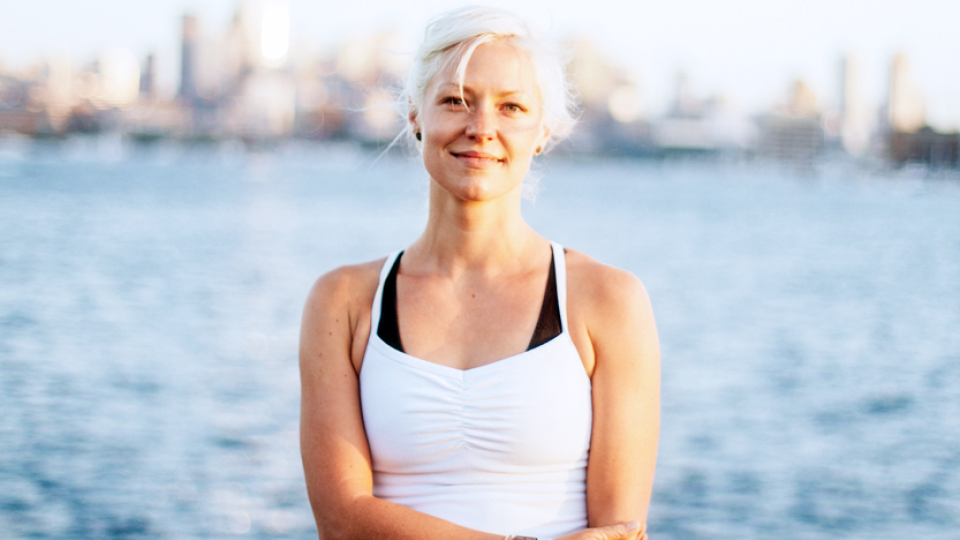
With cool, cloudy hikes during the fall and winter and bright sunny walks during the summer months, spending time outside is at the top of the list for many Pacific Northwest residents. It might seem counterintuitive on the cloudy days (which are, well, most of the days) to grab the sunscreen before leaving.
Sun protection, however, is essential everywhere, and — with the state of Washington landing at the 17th highest rate of the deathliest form of skin cancer, melanoma – it’s essential here.
How does skin cancer develop?
Skin cancer occurs when skin cells experience abnormal and out-of-control growth.
“The majority of skin cancers are caused by exposure to ultraviolet (UV) radiation,” says Dr. Tanya Greywal, a board-certified dermatologist at the Dermatology Clinic at UW Medical Center - Roosevelt and Seattle Children’s Hospital and director of Laser and Cosmetic Dermatology at UW Medicine Eastside Specialty Center. “This most commonly comes from exposure to the sun, but also includes tanning beds.”
And while this rainy region has its few months of sunshine, the usual cloud cover doesn’t block out the dangers of the sun.
“Many people in the PNW believe that they are less likely to develop skin cancers because it is not typically warm and sunny, especially throughout the winter months,” says Greywal. “However, UV radiation can still pass through clouds and cause skin damage.”
It turns out, there are a lot of other myths to be debunked about skin cancer, too.
6 myths about skin cancer
Myth: People who tan and don’t burn when exposed to the sun don’t get skin cancer
Reality: People who tend not to burn easily in the sun can still get skin cancer.
Myth: People with darker skin types or who are of certain ethnicities don’t get skin cancer
Reality: People of all ethnicities (including but not limited to African-American, Hispanic and Asian) and all skin types can get skin cancer.
Myth: You can’t die from skin cancer
Reality: Certain types of skin cancer can metastasize and lead to severe disease and even death.
Myth: Only sun exposure can cause skin cancer
Reality: While chronic sun exposure is often the main culprit that can lead to the most common types of skin cancer, UV radiation can also occur from tanning beds and occupational exposure. In addition, some skin cancers can occur in those with genetic predispositions or weakened immune systems. It’s a good idea to get regularly checked by your dermatologist if you have a predisposition to skin cancer.
Myth: Only older people get skin cancer
Reality: Certain types of skin cancer, such as melanoma, can affect younger individuals.
Myth: Tanning beds don’t increase the risk of developing skin cancer
Reality: Tanning beds greatly increase your risk of developing skin cancer and often expose people to larger amounts of radiation than the sun.
Why is skin cancer common in the PNW?
Greywal explains that skin cancer typically develops because of skin damage throughout someone’s lifetime and the number of severe sunburns someone has had (the painful, blistering and peeling ones, especially).
“Many people in the Pacific Northwest enjoy outdoor activities, including water sports,” says Greywal. “In addition, since some in the PNW may believe that they live in an environment where skin damage and skin cancer would be less likely to occur, they may not practice regular sun-protective measures.”
In addition, if you like to tan with a tanning bed during the cold and wet PNW months, that can also increase your risk. But there’s good news: Those in the PNW can still enjoy our outside activities with some extra protection.
“I recommend sun protective measures to my patients in order to help them prevent skin cancer,” says Greywal. “This includes the use of broad-spectrum sunscreen — I recommend at least SPF 30+ with active ingredients of zinc oxide and titanium dioxide — wide-brimmed hats, sun-protective clothing with ultraviolet protection factor (UPF), and seeking shade. This is especially important during the hours of 10 a.m. and 4 p.m. when the UV index is typically higher and more likely to cause skin damage.”
Greywal has a few additional tips to help protect you from skin cancer:
- Reapply your sunscreen to all skin not covered by clothing every two hours or after swimming or sweating.
- Keep a hat and sunglasses around.
- Seek shade if possible to avoid direct sunlight.
- Be aware that water or snow can reflect the sun’s rays and increase the chance of skin damage or burns.
You don’t have to miss out on the PNW views or warm weather when the outdoors calls; just remember to protect your skin.

 Healthy ideas for your inbox
Healthy ideas for your inbox





